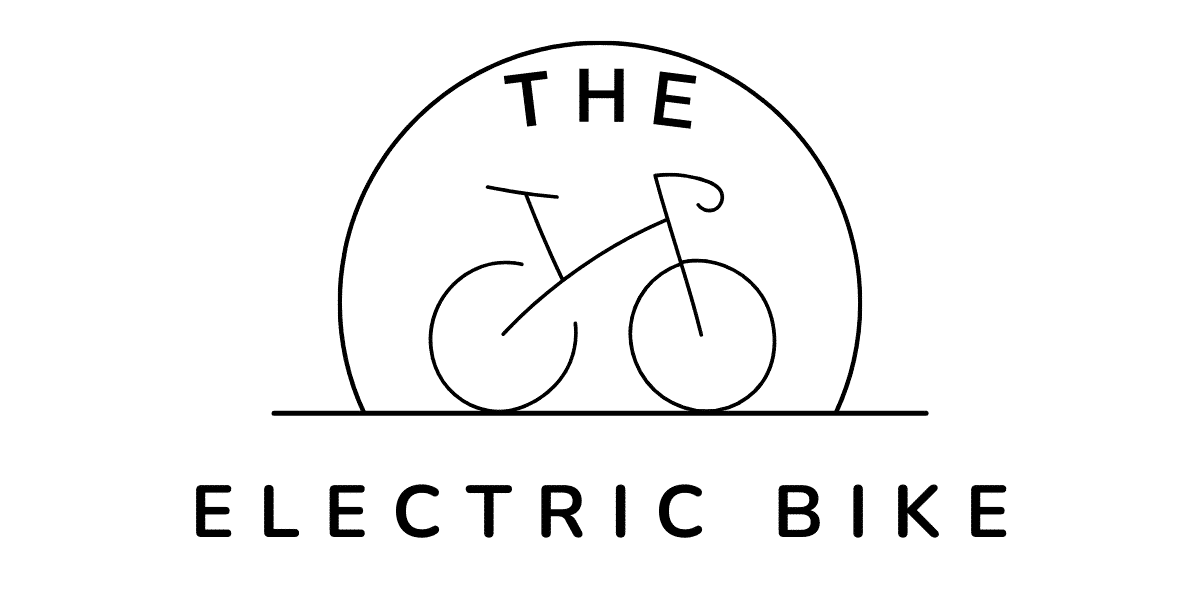Electric bicycles, also known as e-bikes, have soared in popularity over the past few years, fueled by a desire for eco-friendly transportation, greater mobility, and convenience. For many people, the question arises:
Do you need a license to drive an electric bike?
While the answer might seem straightforward at first, it’s important to explore the different aspects involved in electric bikes, such as registration, licensing, helmets, and other considerations for their use.

Federal and Local Regulations of E-bikes
Firstly, when discussing whether or not a license is required to operate an electric bicycle, one must consider both federal and local regulations.
Understanding federal e-bike laws
In the United States, the Consumer Product Safety Commission (CPSC) governs the manufacturing and general classification of e-bikes. According to the CPSC’s definition, an e-bike must meet three criteria:
- The top speed of the bike on level ground with a rider weighing less than 170lbs is no more than 20 miles per hour.
- The motor has a maximum power output of 750 watts (1 horsepower).
- The bike must be equipped with fully functional pedals for human propulsion.
If an electric bicycle meets these requirements, it is considered a “low-speed electric bicycle” and can avoid being classified as a motor vehicle under federal law. As a result, e-bike riders are not required to hold a driver’s license, registration, or insurance – at least from a federal perspective.
Local e-bike regulations vary
States and municipalities have the power to create their own e-bike laws, which can sometimes differ from federal regulations. For example, some states may require helmets for e-bike riders or limit where e-bikes can be ridden (like bike lanes verse sidewalks).
Electric bike Classes and Licensing Requirements
E-bikes are often organized into three distinct classes:
- Class 1: Pedal-assist only, with no throttle – max assisted speed of 20mph.
- Class 2: Throttle-assisted – max unassisted speed of 20mph.
- Class 3: Pedal-assist only, with no throttle – max assisted speed of 28mph.
While all class 1 and 2 electric bikes generally don’t require licensing or registration, some jurisdictions treat class 3 electric bikes differently due to their higher top speeds. In certain areas, class 3 e-bike riders may need a valid driver’s license and even register their bicycle as a motorized vehicle.
Age Restrictions for Eelectric bike Usage
In addition to looking at the possibility that a license is required to operate an electric bike, it’s essential to acknowledge that age restrictions exist. Many states have implemented minimum age requirements for electric bike riders, often ranging between 14-16 years old for class 1 and 2 bikes, and sometimes increasing to a minimum of 16-18 for class 3 bicycles.
Helmets and Electric bike Safety
Safety should always be a priority when riding any bicycle, including electric ones. Depending on local laws, helmets might be required for electric bikes riders, regardless of whether a license is needed or not. Even if wearing a helmet isn’t mandated in your area, it’s a crucial safety measure to protect yourself from serious injury.
Where Can I Ride My Electric bike?
The usage and operation of electric bicycles often vary according to location. While many jurisdictions allow class 1 and 2 electric bikes on multi-use pathways, sidewalks, and bike lanes, class 3 bikes might be restricted to roads or specific high-speed bicycle routes. Make sure to familiarize yourself with your area’s regulations to avoid fines or penalties.
Electric bike Legality Around the World
In other countries, electric bike laws can also differ drastically. For example:
- United Kingdom: To ride an electric bike legally, one must be at least 14 years old, and e-bikes must be registered and display valid registration plates. While there’s no specific e-bike license requirement, all motorcycle rules apply, including mandatory helmets.
- Canada: Licensing and registration requirements for e-bikes are usually based on provincial or territorial guidelines. Helmets are often compulsory, but in most cases, drivers don’t require a special e-bike license.
- Australia: Riders must be older than 16 years and wear a helmet. Electric bicycles need to meet specific national power output standards (200 watts for throttle-based electric bikes or 250 watts for pedal-assist e-bikes), but no license is necessary.
Final Thoughts
Do you need a license to drive an electric bike? In most cases within the United States and many other countries, electric bikes riders will not require a specific driver’s license or vehicle registration at the federal level. However, local laws can vary, and it is crucial to stay informed about your state or municipality’s rules concerning e-bikes – including licensing, age restrictions, and helmet requirements.
